“Union” is what the term “yoga” signifies. Yoga promotes mental and physical equilibrium. Yoga has both mental and physical advantages. The practice of yoga has been around since antiquity.
- Yoga's advantages
- Different Types of Yoga
- Yoga Hatha
- Yoga Ashtanga
- Yoga Vinyasa
- Yoga Kundalini
- Yoga Iyengar
- Yoga in the Air
- Four Primary Yoga Paths
- Yoga Karma
- Yoga Jnana
- Yoga Raja
- Yoga Bhakti
- Face Yoga
- Yin Yoga
- Yoga Yang
- Power Yoga
- Healing Yoga
- Yoga for Pregnancy
- Benefits of Yoga for Pregnancy:
- Conclusion
- (FAQs)
- What kind of yoga is mostly stretching?
- What are the five benefits of yoga?
Yoga’s importance has never diminished. Yoga facilitates optimal alignment of the body and psyche. As a result, yoga is still essential for a healthy and balanced lifestyle. The purpose of many yoga poses is the same: physical and general well-being.
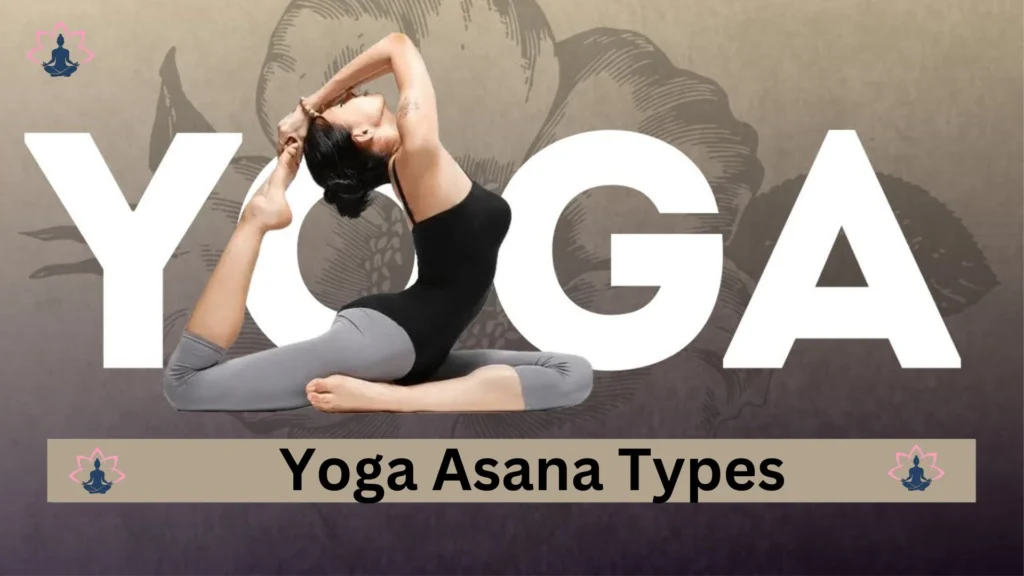
You may enjoy all the advantages of yoga by practicing different forms of it in the comfort of your own home. The wonderful thing about yoga is that all you need to get started is a mat and 30 minutes each day.
Yoga forms are becoming a part of our daily life. Yoga may be used therapeutically to address both mental and physical issues. Therefore, assuming that yoga is exclusive to a certain faith or society is incorrect.
You may find several forms of yoga that address particular health concerns if you search online. For instance, therapeutic yoga incorporates postures for weight loss, weight growth, belly fat reduction, and back discomfort. These are a series of breathing techniques and physical postures that address the issue from all angles and resolve it.
Yoga’s advantages
In contrast to other types of exercise, yoga is a way of life. Over time, phrases like “yogic calmness,” “yoga glow,” and “yoga abs” have gained popularity.
Over time, a yoga practitioner notices a significant change in her body and emotions. Among the main advantages of yoga are:
- Weight loss is the outcome of consistent practice.
- Increased blood flow, which enhances the texture and quality of the skin
- Delays the onset of general aging and is naturally therapeutic;
- It increases physical endurance.
- Beneficial to gut health and better digestion
- Increases reproductive health and fertility
- Enhances the sleep cycle
- It increases immunity, lowers stress, increases focus, and helps you feel content and at ease.
- Yoga has been shown to provide therapeutic benefits.
- When compared to those who do not practice yoga,
- Those who do yoga are more fit.
Different Types of Yoga
In a fast-paced world where stress and distractions abound, yoga emerges as a sanctuary for the mind, body, and spirit. This ancient practice, rooted in Indian philosophy, offers a myriad of styles, each with its unique approach to fostering balance and well-being. From the invigorating flows of Vinyasa to the meditative stillness of Yin, the landscape of yoga is as diverse as its practitioners. Whether you’re seeking physical fitness, mental clarity, or spiritual growth, understanding the different types of yoga can help you find the perfect path to enhance your journey. Join us as we delve into the fascinating varieties of yoga, uncovering their distinct benefits and guiding you toward your ideal practice.
Yoga Hatha
Hatha means “force” in Sanskrit. As a result, hatha yoga helps the body regain equilibrium. The balance between the chakras and energy centers is the focus of this kind of yoga. The chakras are energy vortices or the concentrated energy spots in our bodies. They attach to particular organs and glands and can be found in seven distinct places throughout the body.
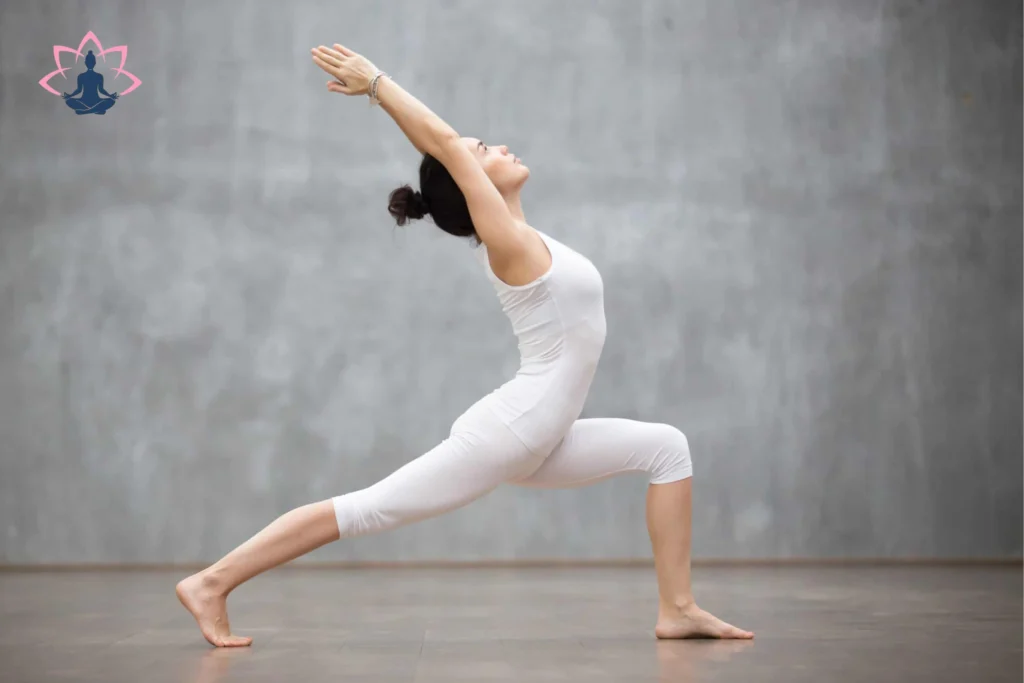
Numerous physical postures and stances that balance the body and mind are part of hatha yoga. There are some basic similarities among the many forms of yoga taught by different instructors and institutions.
Hatha yoga has been shown to reduce stress, maintain physical fitness and agility, and improve our appearance. Hatha yoga also cures and purifies our system. Additionally, consistent practice results in toned muscles and weight loss.
Hatha yoga gave rise to the following varieties of yoga:
Yoga Ashtanga
The Yoga Sutras of the sage Patanjali are the immediate ancestors of Ashtanga yoga. The weight-loss yoga method known as “ashtanga,” which comes from the Sanskrit word “eight,” is well-known.
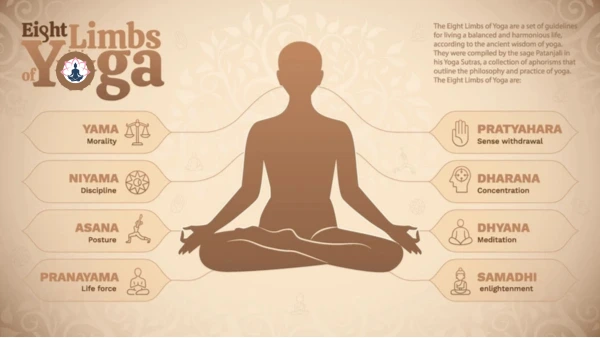
Principles, self-discipline, asana and postures, pranayama, withdrawal, focus, meditation, and salvation are the eight pillars of Ashtanga yoga.
Ashtanga yoga practitioners frequently do a variety of asanas, including:
- Padmasana
- Simhasan
- The Butterfly
- Pranayama Kapalbhati
- Pranayama Anulom Vilom
- Bhedi Surya Pranayama
- Pranayama Chandra Bhedi
Ashtanga is ideal if you’re searching for yoga to help with weight reduction, upper or lower back discomfort, or anxiety and stress alleviation.
Yoga Vinyasa
The term “flow” yoga is commonly used to describe this type of yoga. The two components of the term “Vinyasa” are Nyasa, which means within certain bounds, and Vi, which means variety.
Breathing and movement practices are used into Vinyasa yoga. It replicates the flow of life by establishing a series of postures and breathing exercises. Vinyasa yogis, for instance, begin the flow with a child’s posture and end it with the death position, or savasana. Moving through life is reflected in the transitions into each pose. Advanced vinyasa yoga techniques incorporate meditation, which makes the practice more conscious.
The recommended order for a novice in vinyasa yoga would be:
- (Kumbhakasana) Plank pose
- (Ashtanga Namaskara) Knees-Chest-Chin Pose
- (Bhujangasana) Cobra pose
- (Adho Mukha Svanasana) Downward-Facing Dog pose
Vinyasa yoga is an excellent option for people who enjoy intense workouts. Vinyasa yoga is also great for blood pressure, sleep, anxiety, and depression.
Yoga Kundalini
Kundalini yoga, also referred to as the “yoga of awareness,” involves repeated positions. Kundalini yoga awakens the latent kundalini Shakti. The base of the spine is home to this spiritual force. According to yogis, Kundalini Shakti resembles a coiling snake that is unaroused at the base of its spine. As a result, the active energy ascends the spine and enhances your spiritual health. Additionally beneficial for stress, anxiety, sadness, and improved cognitive function is kundalini yoga.
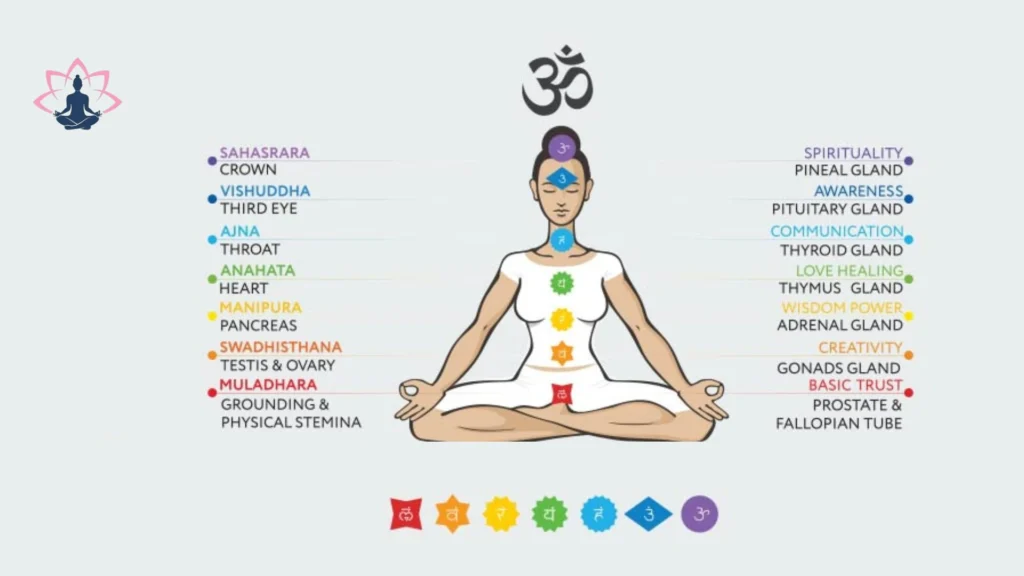
Chanting opens the movements, which are then followed by pranayama, or precise and regulated breathing. Next is kriya, which is a series of positions called mudras (hand positions). Chanting, meditation, and pranayama are then practiced.
A cleansing method called jal neti kriya aids in clearing the nose tube of mucus and other obstructions.
Yoga Iyengar
Vinyasa yoga and this kind of yoga are somewhat comparable. One of the world’s most renowned yoga instructors, B.K.S. Iyengar, is the source of its name. Compared to other forms of yoga, Iyengar yoga is distinct. Its main focus is on bodily alignment, posture, and openness. In order to refine positions, it also makes use of supports like yoga blocks and belts.
Advantages
- Boost Your Flexibility
- Strong muscles
- A more tranquil mind
- Pain alleviation Better alignment and posture
- Defense against illness
- Better breathing
- Make the muscles stronger.
A study demonstrates that Iyengar yoga has effectively healed musculoskeletal ailments. One has excruciating neck and back pain in this disease. Additionally, it has had observable outcomes in the treatment of spinal impairments. Strength, mobility, and stability all grow gradually. Additionally, it aids in the treatment of gastrointestinal and gynecological disorders.
Yoga in the Air
It is appropriate for both novices and experts. It helps to produce toned and lean muscles. Aerial yoga defies gravity while including additional movements, unlike regular yoga. It combines the benefits of yoga with aerobic activities like jogging or swimming.
This type of yoga involves hanging our bodies from a rope, after which we are taught to various positions.
Advantages
- Burns body fat
- It improves flexibility
- Cures breathing difficulties
- Provides relief from stress
- Increases core strength
- Improves posture
Four Primary Yoga Paths
Yoga is more than just a physical practice; it is a profound journey of self-discovery and spiritual growth. With its roots deeply embedded in ancient Indian philosophy, yoga offers a diverse array of paths tailored to meet the unique needs and aspirations of practitioners. Whether you seek mental clarity, emotional balance, or spiritual enlightenment, understanding the four main paths of yoga—Karma Yoga, Bhakti Yoga, Jnana Yoga, and Raja Yoga—can illuminate your practice and enrich your life. Each path presents its own philosophy, techniques, and benefits, inviting you to explore the many facets of this timeless discipline. Join us as we delve into these transformative paths and discover how they can guide you on your journey to holistic well-being.
Yoga Karma
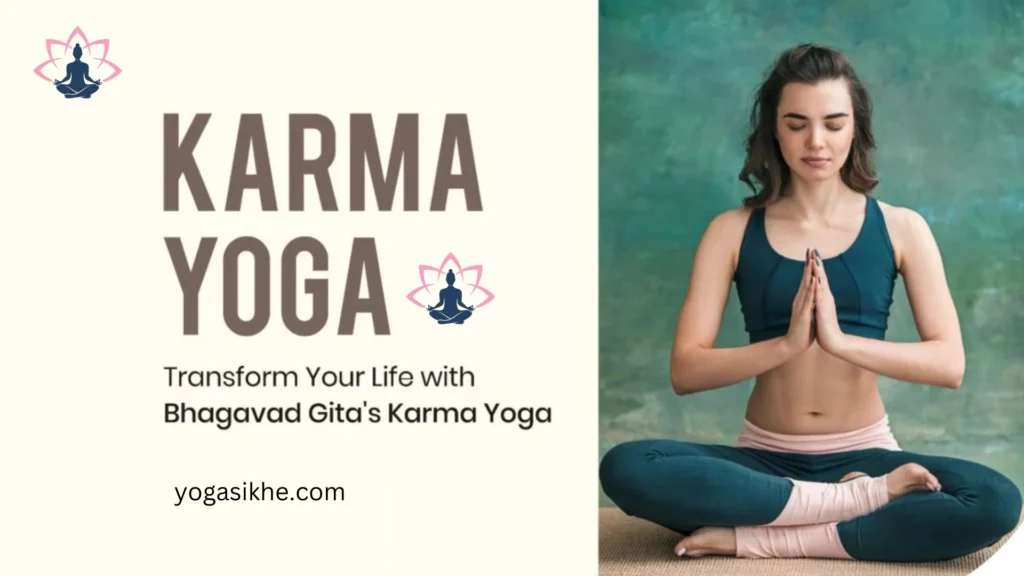
One’s path of commitment to selfless effort is known as karma yoga. It is a yoga of action, to put it another way. It means that every activity requires time, effort, and energy.
There should be no anticipation of praise or a reward. Working for the greater good rather than one’s ego makes it a humbling habit.
Yoga Jnana
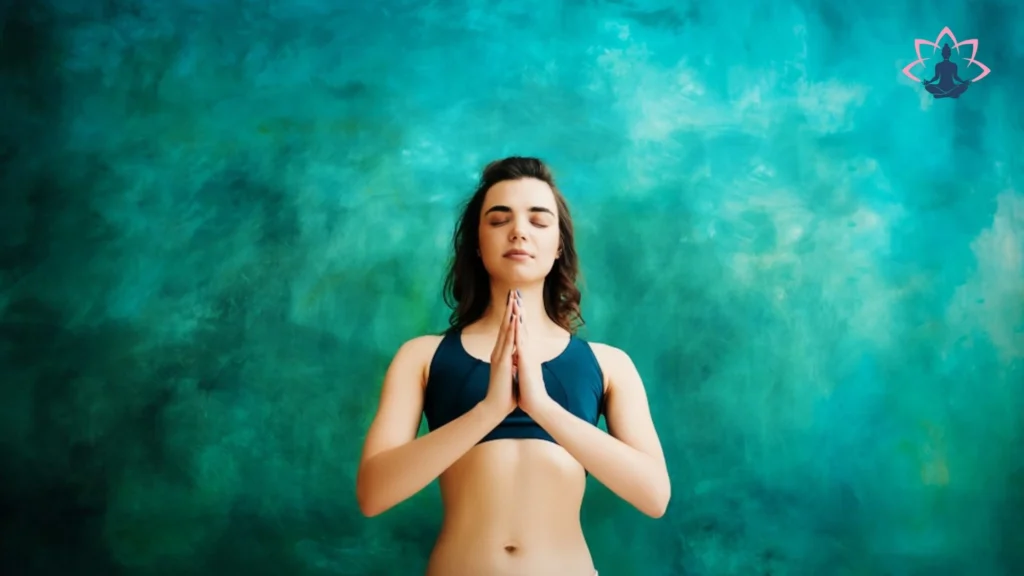
The yoga of practical wisdom and intellectual understanding is called Jnana yoga. The main goal of this style is self-realization via contemplative awareness. One gains intuitive insight via experience. One has the ability to distinguish between the ego and the real Self.
In Jnana yoga, there are three main stages:
- Hearing or exposing oneself to information is known as Sravana.
- Manana (reviewing and reflecting on the wisdom to gain a deeper comprehension),
- Meditation, or Nididhyasana.
Despite not being physically demanding, jnana yoga is one of the hardest types of yoga to practice since it calls for an open mind.
Yoga Raja
In Sanskrit, Raja Yoga means “king.” Other names for Raja Yoga include “classical yoga,” “king of yogis,” and “yoga of the mind.” Another name for it is ashtanga yoga.
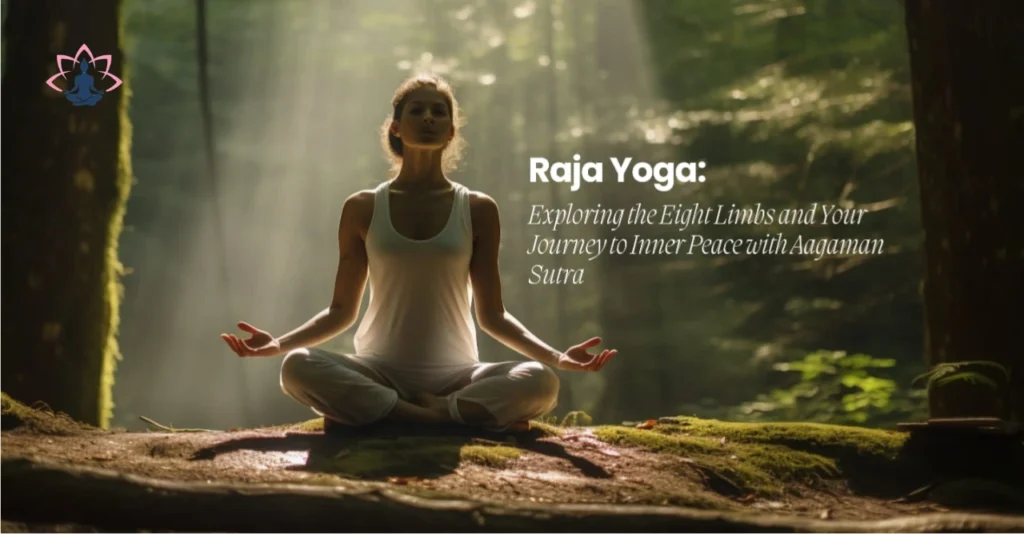
Ashtanga yoga has eight levels, and the word “ashtanga” means the number eight:
- Yama (Principles)
- Niyama (Personal Discipline)
- Asana (Positions and Postures)
- Pranayama (Breathing Practices)
- Pratyahara (Withdrawal)
- Dharana (Concentration)
- Dhyan (Meditation)
- Samadhi (Salvation)
Over time, asanas can be perfected via practice and refinement. For instance, the lotus posture (Padmasana), the lion pose (Simhasana), the butterfly pose (Bhadrasana), and others are among the frequently performed asanas in Ashtanga yoga.
Numerous breathing techniques, or pranayamas, such as Kapalbhati, Anulom Vilom, Surya Bhedi, Chandra Bhedi, and others, can be used to reduce daily stress. If you’re looking for yoga to help with back pain, tension, or anxiety, Raja yoga is ideal.
Yoga Bhakti
Bhakti is derived from the word bhaj, which means to adore or worship God. Bhakti-yoga is regarded by some as a means of escaping the never-ending cycle of birth and death. Following this spiritual route aids in bringing one’s soul, or “atman,” into harmony with Brahman, or “true reality.”
You identify as a certain kind of devotee or bhakt based on the kind of Bhakti you decide to pursue.
- Artha – distressed one
- Artharthi – one who wants materialistic wealth
- Jijnasu – the curious one
- Jnani – the self-aware one
Diversos Types de Yoga Practices
In the contemporary escenario, yoga has evolucionado y se ha expandido to específicas prácticas.
Face Yoga
Face yoga uses exercises and massages to soften and relax your face’s muscles in order to relieve tension, stress, and anxiety. In recent years, this type of yoga has gained popularity. Those who practice this style of yoga believe it may cure aging and make you appear ten years younger.
Read Full Article Face Yoga Exercises for Glowing Skin in 2025
Yin Yoga
Yoga and martial arts are combined in yin yoga. This method enhances muscular tone and flexibility while also increasing blood circulation in the joints. Pose duration is at least one minute, and with practice, one may maintain the same position for up to five minutes.
Additionally, yin yoga creatively uses tools like blankets and blocks. Because it helps to relax the joints in the body, it is therefore known to be practiced after working out.
Read Full Article Yoga Poses For Flexibility And Strength For Beginners
Yoga Yang
Yang yoga blends Ashtanga, Vinyasa, and Hatha and is somewhat less experimental. Compared to Yin Yoga, this style is more energizing. It emphasizes developing strength, stamina, releasing physical tension, and gaining muscular mass.
Power Yoga
Ashtanga yoga is the origin of power yoga. Yoga poses must be performed at a much faster and more vigorous speed. It improves flexibility while toning the muscles.
Healing Yoga
The goal of restorative yoga is to fully unwind in each posture. Props are used in this style of yoga to support the body. An essential component of restorative yoga is guided meditation.
The relaxation of the nervous system is the primary goal of restorative yoga. A great method to actively ease stiff muscles and lessen stress. Posing for a few minutes is the goal.
Yoga for Pregnancy
The goal of prenatal yoga is to lessen pregnancy-related aches and pains. Some useful breathing techniques that might be quite beneficial during labor are taught in prenatal yoga.
Postnatal yoga can incorporate some of the prenatal yoga methods. This type aids in the weight loss of new moms who have acquired weight during pregnancy.
Benefits of Yoga for Pregnancy:
- Endurance of pelvic muscles needed for childbirth
- Decreased lower back pain, nausea, and headaches
- Controls shortness of breath
- Improves sleep quality
- Relieves overall stress
Existen diversas modalidades de yoga para todos. Determine qué yoga técnica es la más adecuada para tus necesidades bajo la orientación de a certified yoga instructor.
Remember que los beneficios de yoga no pueden ser apreciados en un corto periodo de tiempo. It represents a compromiso de largo alcance. Once you become involved and regular, you’ll always desire to abandon yoga.
Conclusion
Yoga asanas provide a holistic approach to physical and mental well-being. Each pose has its own unique benefits, whether it’s improving flexibility, building strength, enhancing balance, or promoting relaxation. Practicing a combination of these asanas regularly can lead to a healthier body, a peaceful mind, and a rejuvenated spirit. Whether you are a beginner or an experienced yogi, incorporating these postures into your routine can bring transformative results in your yoga journey.
Would you like any modifications or additional details?
(FAQs)
What are the five major types of yoga?
What are the five major types of yoga?
The significant types of yoga are Ashtanga, Hatha Yoga, Vinyasa Yoga, Kundalini Yoga, Anusara Yoga
What is the most popular yoga?
What is the most popular yoga?
Hatha yoga is the most popular yoga. It is a series of gentle sequences coupled with meditation. This type of yoga is ideal for people who decide to do yoga for the first time, as its postures are comparatively easy.
What is the hardest type of yoga?
What is the hardest type of yoga?
For any form of yoga to be perfected requires years of practice. For example, no posture is perfect on day one. Similarly, it takes years to get the mind in control. As a result, some may find concentrating hard and others yoga postures tough.
Which type of yoga is best for weight loss?
Which type of yoga is best for weight loss?
All yoga forms can ensure weight loss. Powerful postures give the benefits of a full-body workout. It burns calories through rapid and continuous movement.
What kind of yoga is mostly stretching?
What kind of yoga is mostly stretching?
Restorative yoga is a meditative style. It includes stretching by holding poses for up to several minutes.
What are the five benefits of yoga?
What are the five benefits of yoga?
It improves metabolism, helps relieve stress, aids in weight loss, reduces lower back pain and improves sleep quality.
How quickly does yoga change your body?
How quickly does yoga change your body?
The period can vary from person to person. Yoga Takes time when compared to a heavy workout. It takes about 6-12 weeks to show results when done consistently.
What is the best time to do yoga?
What is the best time to do yoga?
Yoga is usually practised at dawn or dusk to reap maximum benefits.